The project aims to improve productivity and ergonomics in manual assembly through more efficient preparation using AI and digital human models.
Automation reduces the need for manual assembly in simple flows, but the need for complex manual assembly remains, as does extensive manual material handling and disassembly, and reassembly in circular product flows.
Maintaining competitiveness and flexibility requires increased precision in time data, more efficient handling of time data and continued good ergonomics for assemblers.
There are good opportunities to use AI to streamline preparation work and use digital human models (DHM) to simulate and optimise workplace design in early phases.
Three technical work packages
The TIMEBLY 2 project builds on knowledge of Time Data Management developed in the first project through three technical work packages:
- WP1 AI interpretation of assembly methods,
- WP2 AI interpretation of movements from video, and
- WP3 DHM movements based on element times, optimisation and AI.
The fourth work package deals with user-friendly, effective and ethical AI application.
Utilisation
Finally, we intend to demonstrate the effects of the new technologies individually and together in demonstrators.
The project is being carried out using a design science strategy in which researchers, together with the participating companies, design and test new AI-based models and working methods. Both industrial companies and software companies are participating in the project, and together with networks for disseminating results, this provides the conditions for the project results to be utilised.
Project management
Peter Almström at Chalmers is the project manager for the entire project, while Dan Högberg is the project manager for the University of Skövde’s part of the project.

